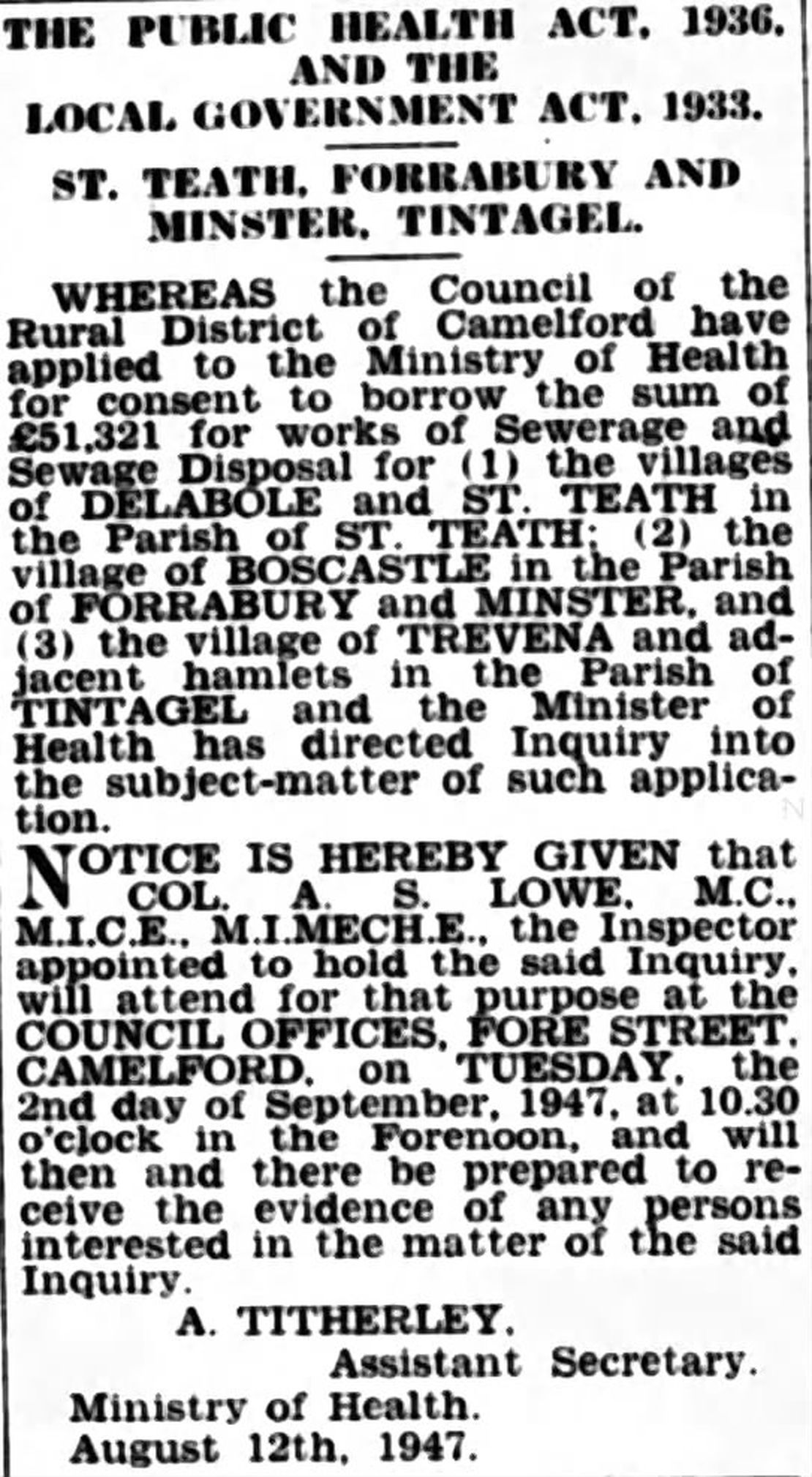- August 13, 1947
The Health Act of 1947 in Ireland was a landmark piece of legislation that significantly expanded the role of local authorities, particularly county councils, in the provision of health services. This Act laid the foundation for the modern Irish health service, introducing major reforms that aimed to improve public health and extend care to more segments of the population, including mothers and children.
Background
-
Post-War Context: After World War II, there was a growing recognition across Europe of the need for comprehensive health services that were accessible to all citizens. In Ireland, the public health system was in need of reform, with significant gaps in service provision, particularly in rural areas. The government sought to modernize and expand the health service to address these issues.
-
Existing Health Challenges: Before the 1947 Health Act, health services in Ireland were fragmented and largely underfunded. Maternity and child care services were particularly inadequate, with high rates of maternal and infant mortality compared to other European countries. There was also a general lack of access to medical services for many people, especially in rural areas.
Key Provisions of the Health Act of 1947
-
Expansion of County Council Powers: The Act significantly increased the responsibilities of county councils and other local authorities in the area of public health. It gave these bodies the authority to establish and maintain a wide range of health services, including hospitals, clinics, and other facilities necessary to meet the health needs of their populations.
-
Maternity and Child Welfare: One of the central elements of the Act was the provision of maternity care. The Act required local authorities to provide comprehensive maternity services, including prenatal and postnatal care, to all mothers, regardless of their income. This was a major step forward in addressing maternal health and reducing the high rates of maternal and infant mortality that had plagued Ireland.
-
Public Health Services: The Health Act of 1947 mandated local authorities to provide a range of public health services, including vaccinations, health education, and the control of infectious diseases. The Act also provided for the establishment of health centers and clinics across the country, making it easier for people to access basic health services.
-
Hospital Services: The Act also laid the groundwork for the expansion and modernization of hospital services. It allowed for the construction of new hospitals and the upgrading of existing facilities to meet the needs of a growing population. The Act aimed to ensure that people could access hospital care when needed, regardless of their ability to pay.
Impact and Legacy
-
Foundation for the Irish Health Service: The Health Act of 1947 is often regarded as the foundation of the modern Irish health service. It represented a significant shift towards a more organized and accessible health care system, with local authorities playing a key role in delivering services.
-
Improvement in Maternal and Child Health: The focus on maternity care in the Act had a profound impact on public health in Ireland. The provision of free or low-cost maternity services led to a significant reduction in maternal and infant mortality rates and improved overall health outcomes for mothers and children.
-
Long-Term Effects: The Health Act of 1947 laid the groundwork for subsequent health reforms in Ireland, including the establishment of the Health Boards in 1970 and the creation of the Health Service Executive (HSE) in 2005. The principles established in the 1947 Act—universal access to health services and the central role of local authorities—continue to influence Irish health policy today.
The Health Act of 1947 was a transformative piece of legislation that extended the powers of county councils and other local authorities in Ireland, ensuring that more comprehensive and equitable health services, particularly in maternity care, were available to the entire population. It marked a significant step forward in the development of public health in Ireland, with lasting effects on the health and well-being of the Irish people.

 ← Soviet Union blocks Ireland’s UN application
← Soviet Union blocks Ireland’s UN application